China offered Taiwanese pilot $16 million to defect with US-made helicopter
- By Alex Hollings
Share This Article
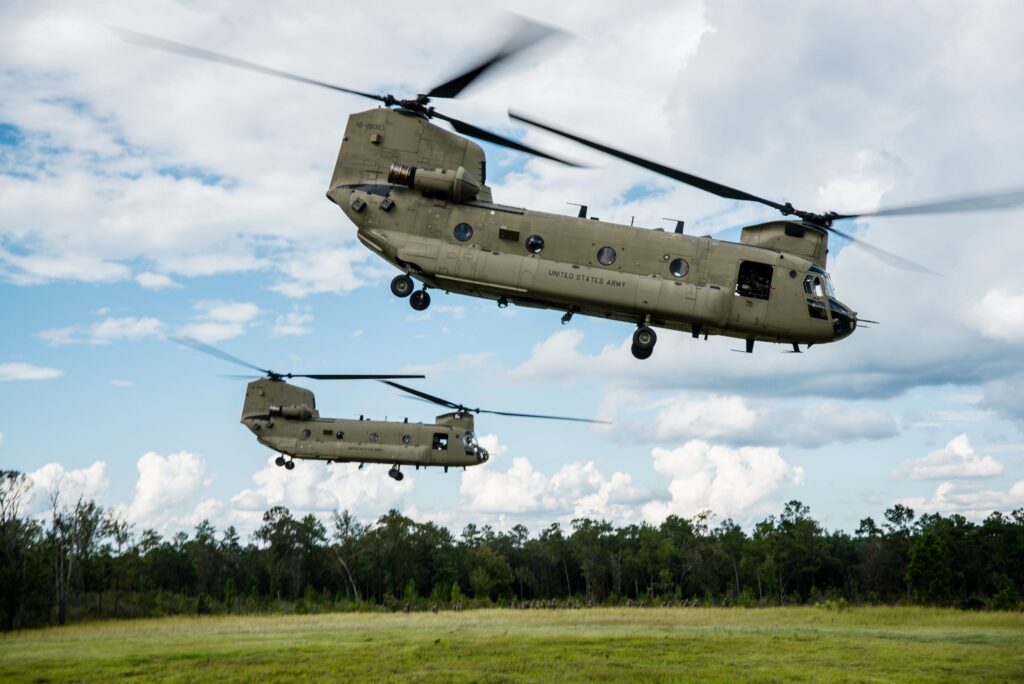
China offered a Taiwanese military pilot $16 million to defect with an American-sourced CH-47 Chinook heavy-lift helicopter earlier this year, with plans to land the rotorcraft aboard an amphibious assault ship sailing through the nearby Taiwan Strait. The payment was to include a one-million-dollar fee upfront, and $15 million more – estimated to be about half of the helicopter’s value – upon his defection.
The agreement would have included safe passage to China for the pilot’s family after his defection, according to an indictment released by Taiwan’s High Court on Monday, but it’s unclear what he would have done with the rest of the helicopter’s crew. During most normal flight operations, there are at least three people onboard a CH-47 including the pilot.
According to the South China Morning Post, Taiwanese authorities have identified the pilot in question as Lt. Col. Hsieh of the Republic of China Army – the formal title of Taiwan’s largest military branch. Hsieh was reportedly approached by Chinese intelligence in June 2023 by way of a retired Taiwanese military officer. China initially offered Hsieh $6,355, or approximately $200,000 New Taiwan Dollars (NTD), per month upon his arrival in China with a CH-47SD Chinook. Hsieh reportedly rebuffed this offer, citing the significant risk associated with stealing one of only an estimated eight Chinooks operated by Taiwan’s Army.
China then responded with a new offer via a teleconference call Taiwanese authorities say took place in July – a $1 million “deposit” upon Hsieh’s agreement to execute the plan, with another payment of $15 million upon its completion. Chinese intelligence also agreed to provide the pilot’s family with forged Visas from Thailand to help them safely depart Taiwan after his defection. Hsieh was taken into custody soon thereafter.
How the pilot intended to escape with a $30 million helicopter
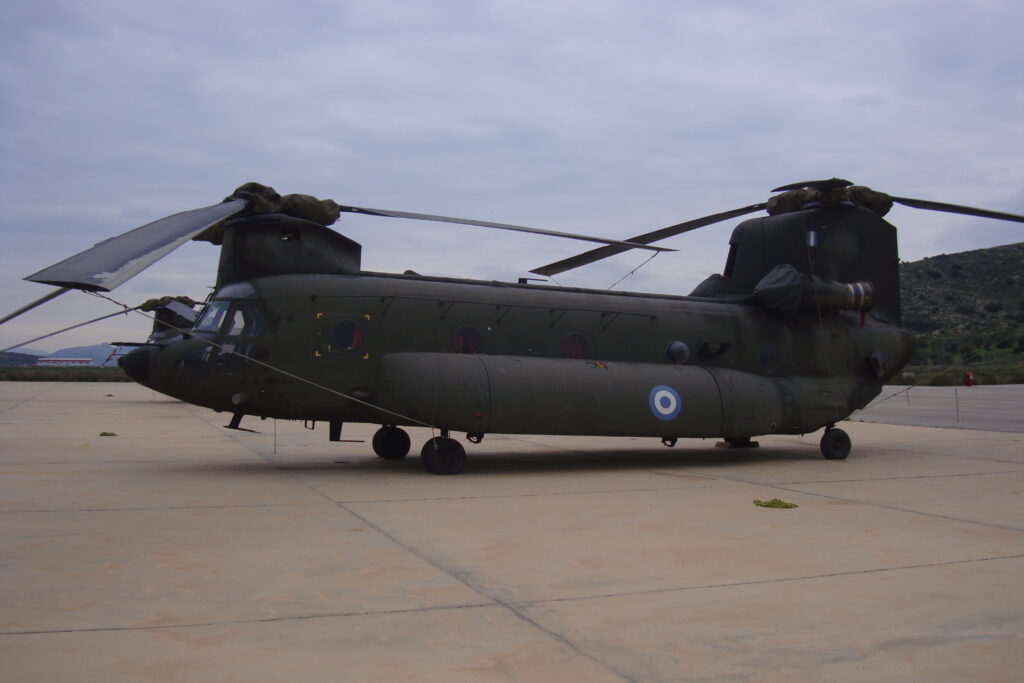
“According to the instruction from the [mainland] agents, Lieutenant Colonel Hsieh was asked to fly the helicopter at low altitude along the coastline to the Chinese Communist carrier which would be staging drills close to the waters 24 nautical miles off [Taiwan],” the indictment said according to the South China Morning Post.
How that carrier intended to avoid being intercepted so close to Taiwan remains unclear, as it would almost certainly have Taiwanese vessels shadowing it.
According to the indictment, Hsieh recommended the Chinese vessel conduct those drills near Kaohsiung in southern Taiwan to allow him to land onboard it without crossing the “median line” that splits Taiwan and Chinese-controlled portions of the Strait. This, Hsieh believed, would limit the chances of him being intercepted and shot down by Taiwanese fighters.
Related: A Filipino attack jet reportedly beat the F-22 in air combat exercises
Why does China want a CH-47? Likely because it’s powerful.
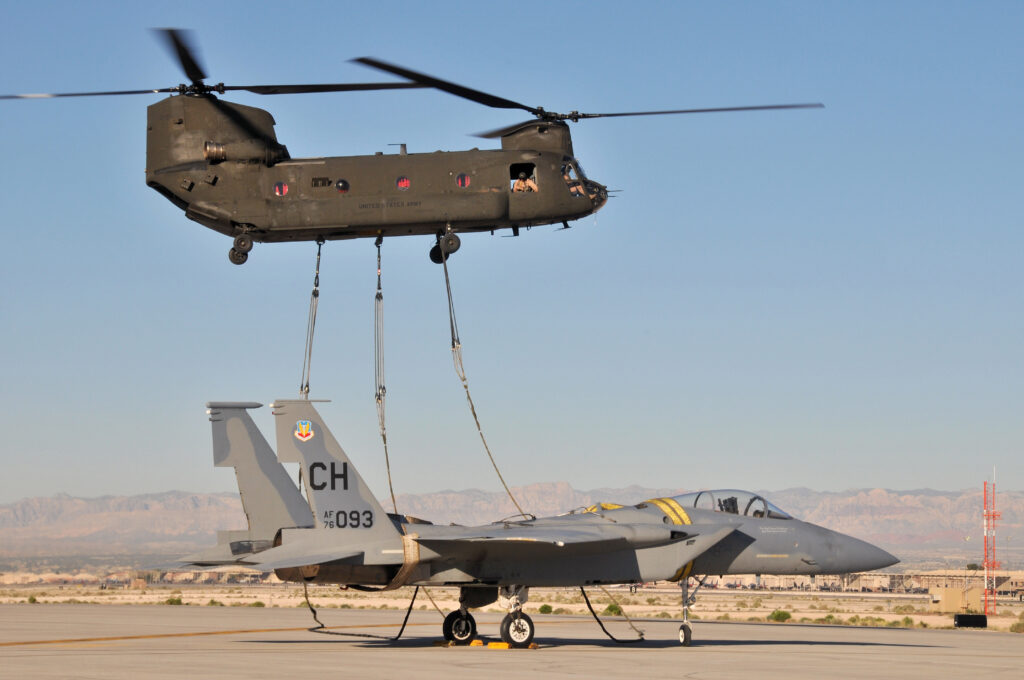
Taiwan currently operates as few as just eight CH-47SD Chinook heavy-lift helicopters, which it initially purchased in 1999 and started receiving in 2002. The CH-47 has been in service with the US military since 1962, though the CH-47SD came with several notable improvements and updates over previous models.
These upgrades included long-range fuel tanks with 2,068-gallon capacity, effectively doubling the operational range of the rotorcraft over the previous CH-47D, as well as improved AlliedSignal T55-L-714A engines that increased shaft horsepower over the D model by about 8%. As a result of these improvements, the CH-47SD, often called the “Super D,” can cruise at approximately 140 knots (about 161 mph) while flying at 50,000-pound mission weight, and can fly around 750 miles without refueling and carrying a load of up to 27,686 pounds.
Related: Offsetting China’s stealth fighter advantage: An in-depth analysis
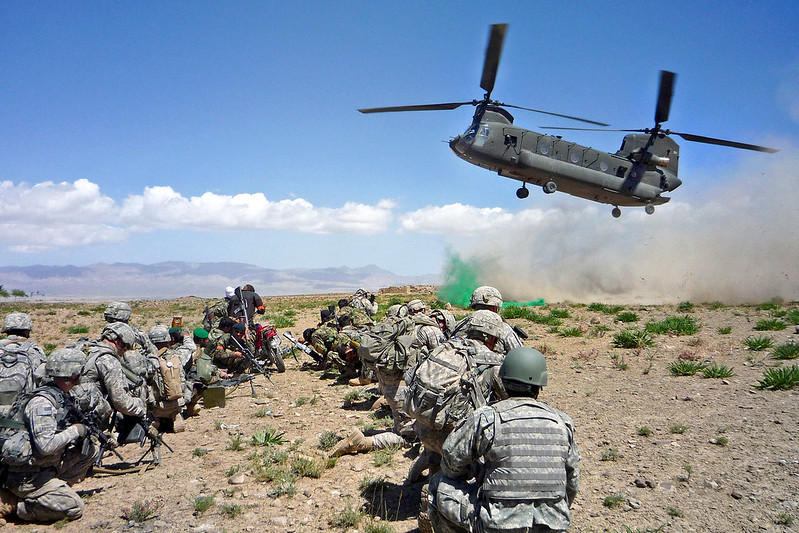
This helicopter can seat up to 37 passengers in the main cabin, with provisions to increase that capacity to 55 if needed, making this heavy-lift rotorcraft exceedingly useful for both logistical operations and as a troop transport.
This performance does exceed the capability set of China’s most capable heavy-lift helicopter, the Z-8L, which is a heavily modified version of China’s long-serving Changhe Z-18 medium-lift transport helicopter. The Z-8L has a wider body and increased fuel storage over the Z-18, and also sports a nose-mounted terrain-following radar.
The Z-8L was unveiled in 2020 as China’s first-ever “15 ton-class” helicopter. The platform was touted as an all-terrain assault vehicle meant to deliver aerial assault troops during an amphibious invasion. This rotorcraft, while powerful, falls well short of the CH-47SD’s capability set, which is listed as a “20 ton-class” platform.
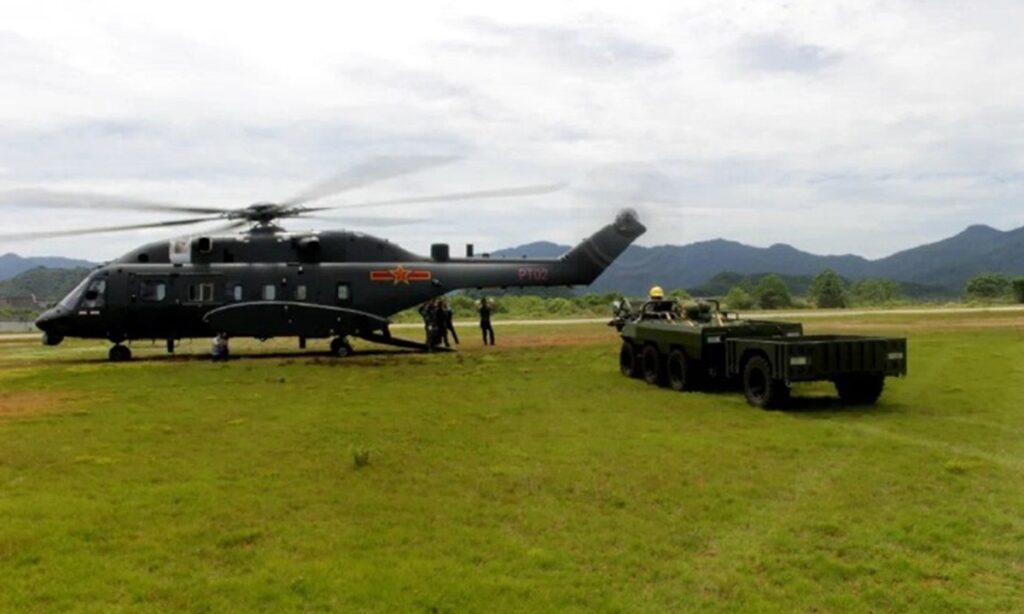
China does not currently operate any helicopters that leverage the same tandem rotor design found in the CH-47. Tandem rotor helicopters fly with two rotors positioned one in front of the other along the length of the vehicle. This approach to rotorcraft design allows for greater payloads and weight distribution as well as improved maneuverability and stability, all while eliminating the need for a tail rotor.
China’s single-rotor Z-8L is powered by three turboshaft engines, each producing a reported 1,750 kW of power for a total of 5,250 kW (or about 7,040 horsepower), though some reports suggest China may have an improved engine intended for the Z-8L that will increase that total output to 6,000Kw, or approximately 8,040 horsepower.
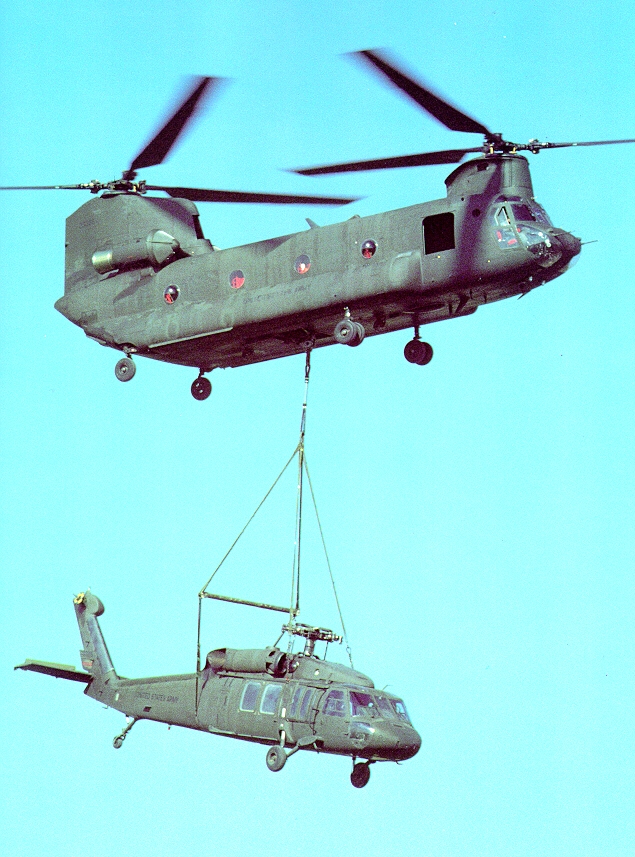
The CH-47SD, on the other hand, is powered by a pair of T55-L-714A turboshaft engines that each produces 3,039 kW or approximately 4,075 continuous shaft horsepower for a total of 6,078 kW, or 8,150 horsepower. Put simply, the CH-47SD produces more power with two engines than China’s heaviest-lifting rotorcraft can with three.
In other words, China could benefit a great deal from reverse-engineering the CH-47’s engine layout and design. China, of course, has a long history of purchasing or outright stealing aircraft designs from countries like Russia and the United States. China’s J-11 and J-16 are both based directly on Russia’s Su-27, the J-15 is based on Russia’s Su-33, and China’s 5th generation J-20 and J-31 are both believed to borrow heavily from design blueprints for America’s F-22 and F-35, which were illegally procured by a Chinese national named Su Bin during the J-20’s development.
Editor’s Note: The article’s title has been changed. It now correctly mentions “$16 million” instead of “$15 million.”
Read more from Sandboxx News
- Russian troops aren’t being trained to fight at night, and this gives Ukraine an edge
- Advice on self-discipline from an F-35 pilot instructor
- Why more vets should work in shipyards, according to Marine leader
- DARPA is developing laser technology to transfer power all over the world
- Embassy Marines in Vietnam fought against the Viet Cong despite their odd weapons
Related Posts
Sandboxx News Merch
-

‘AirPower’ Classic Hoodie
$46.00 – $48.00 Select options This product has multiple variants. The options may be chosen on the product page -

‘Kinetic Diplomacy’ Bumper Sticker (Black)
$8.00 Add to cart -

‘Sandboxx News’ Trucker Cap
$27.00 Select options This product has multiple variants. The options may be chosen on the product page

Alex Hollings
Alex Hollings is a writer, dad, and Marine veteran.
Related to: Airpower, Breaking News
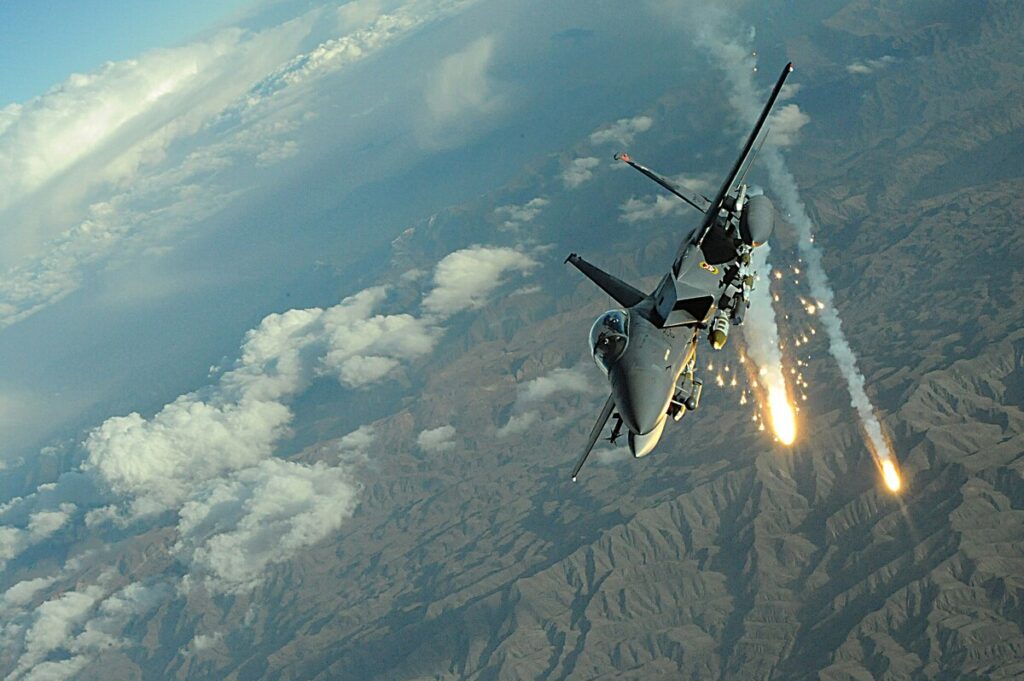
How an F-15E scored its only air-to-air kill… with a bomb
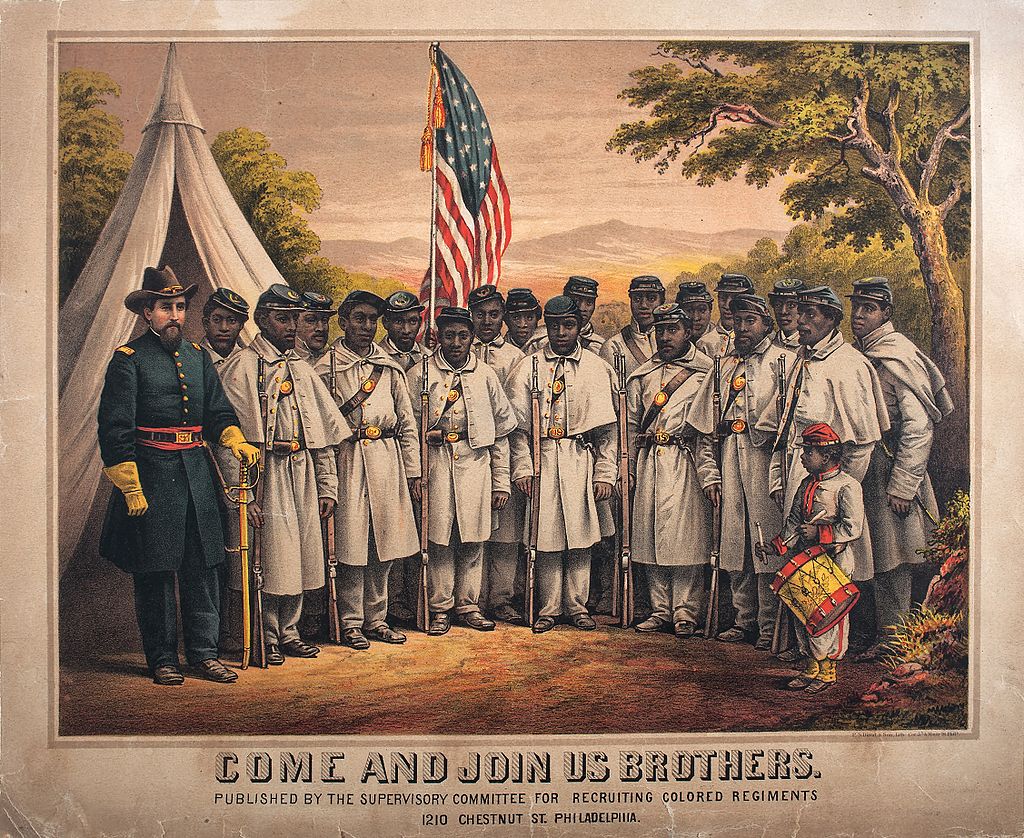
The military roots of Juneteenth and why we celebrate it
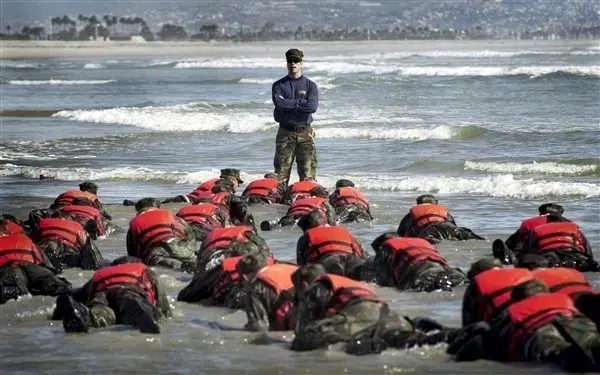
BUD/S instructors have their favorite games to make SEAL candidates suffer
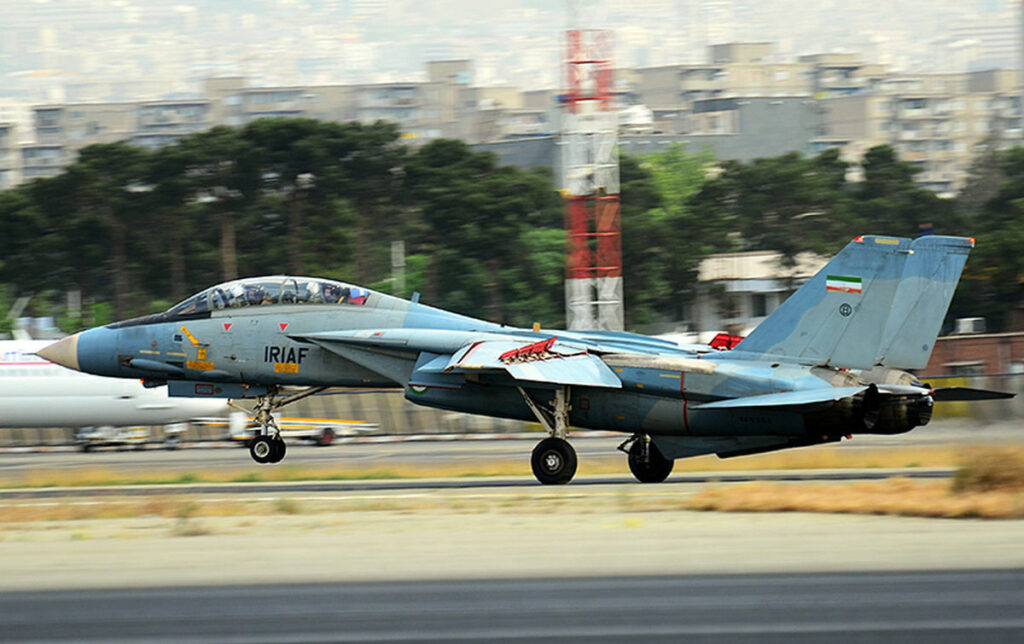
Israel wipes out Iranian F-14 Tomcats on the airstrip
Sandboxx News
-

‘Sandboxx News’ Trucker Cap
$27.00 Select options This product has multiple variants. The options may be chosen on the product page -

‘AirPower’ Classic Hoodie
$46.00 – $48.00 Select options This product has multiple variants. The options may be chosen on the product page -

‘AirPower’ Golf Rope Hat
$31.00 Select options This product has multiple variants. The options may be chosen on the product page -

‘Sandboxx News’ Dad Hat
$27.00 Select options This product has multiple variants. The options may be chosen on the product page
